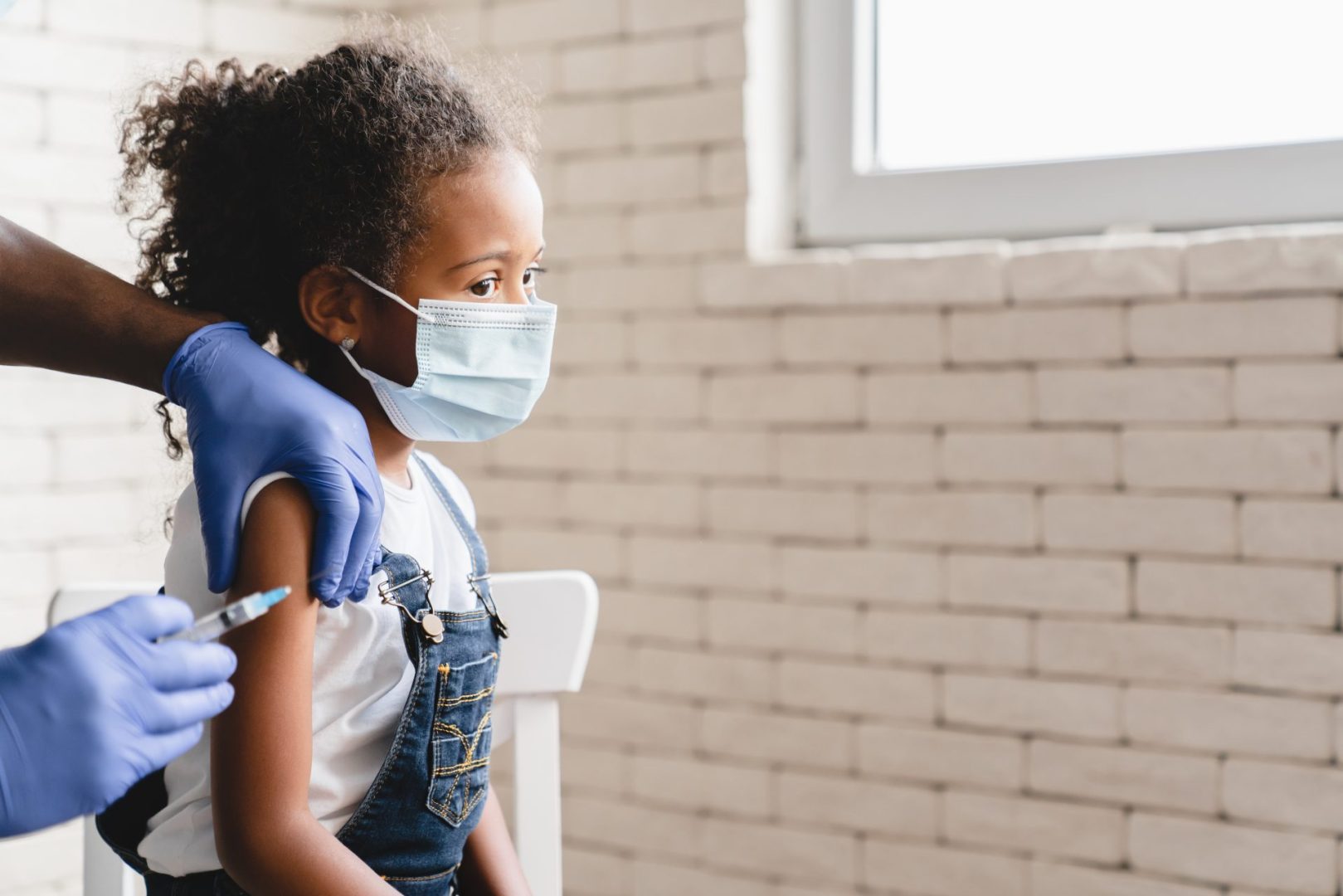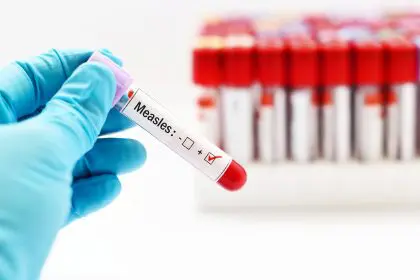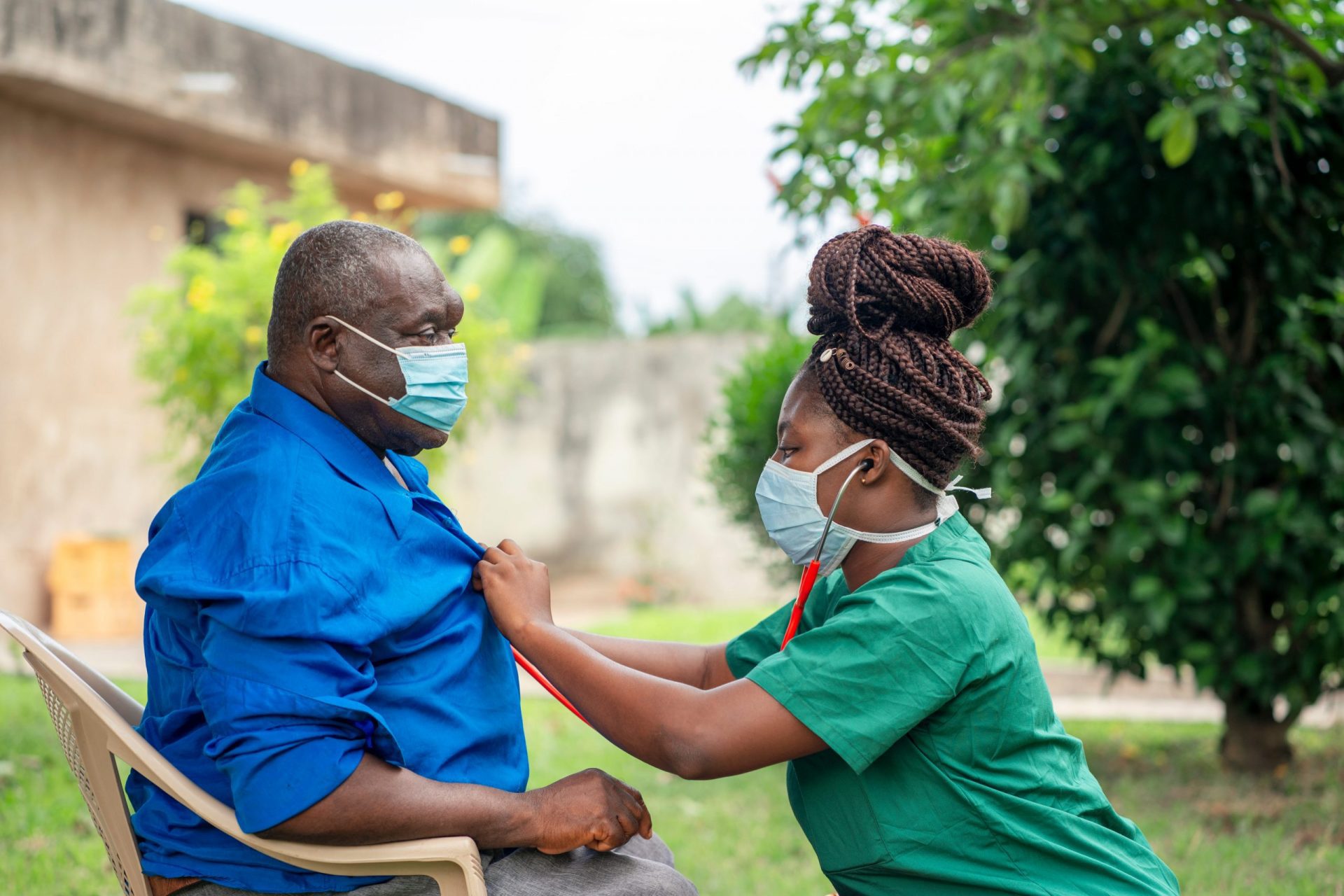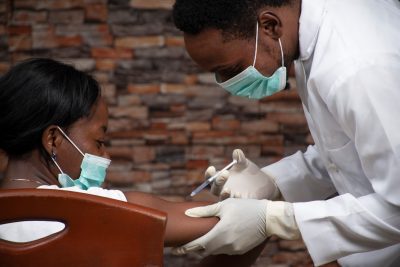Growing concern as rare disease spreads across 10 counties, with nearly 90 hospitalizations reported
The measles outbreak in West Texas continues to expand, with health officials now reporting 683 confirmed cases since late January. This represents an increase of 20 new infections since the previous update on April 29, highlighting the ongoing challenge of containing this highly contagious disease.
The Texas Department of State Health Services (DSHS) has designated ten counties as outbreak areas with ongoing measles transmission: Cochran, Dallam, Dawson, Gaines, Garza, Lynn, Lamar, Lubbock, Terry and Yoakum. These regions have become the epicenter of what has become the largest measles outbreak in recent Texas history.
Hospitalization rates and fatalities raise alarm
The severity of this outbreak is underscored by the hospitalization of 89 patients since its beginning. Health officials note this figure represents the total hospitalizations throughout the outbreak, not current hospital occupancy. Tuesday’s report included 23 additional hospitalizations from earlier cases that had not previously been documented.
Most concerning are the two fatalities reported in school-aged children from the outbreak area. Health officials confirm these children were not vaccinated against measles and had no known underlying health conditions that would have predisposed them to complications.
These tragic deaths highlight the potential dangers of measles, a disease once considered effectively eliminated in the United States through widespread vaccination programs.
Current infection status and transmission risk
According to health authorities, only about one percent of the confirmed cases—fewer than 10 individuals—are estimated to be actively infectious at this time. These active cases are determined based on the timing of rash onset, with patients considered infectious from four days before until four days after the characteristic measles rash appears.
Despite the relatively small number of currently infectious individuals, health officials warn that additional cases are likely to emerge in both the outbreak counties and surrounding communities due to the exceptional contagiousness of the measles virus. A single infected person can transmit the disease to 12-18 unvaccinated individuals, making it one of the most transmissible human pathogens known.
The 10 counties at the center of the outbreak
The DSHS has identified specific counties where measles transmission continues to occur. These designated outbreak counties include: Cochran County, Dallam County, Dawson County, Gaines County, Garza County, Lynn County, Lamar County, Lubbock County, Terry County and Yoakum County
These counties, predominantly located in West Texas, share similar demographic and geographic characteristics that may have contributed to the spread of the disease. Local health departments are working in coordination with state officials to implement containment measures and promote vaccination in these communities.
Vaccination remains the primary prevention strategy
Health officials emphasize that the most effective way to prevent measles infection is through vaccination with the measles-mumps-rubella (MMR) vaccine. The standard recommendation includes two doses of the vaccine, which provides approximately 97% protection against the disease.
In response to the current outbreak, DSHS has issued specific vaccination recommendations for residents of and visitors to the designated outbreak counties. These recommendations may differ from standard vaccination schedules and are designed to provide optimal protection in the context of active community transmission.
Vaccination options available to Texas residents include:
- Primary healthcare providers
- Pharmacy-based immunization services (for individuals 14 and older without prescription; children under 14 need a prescription)
- Texas Vaccines for Children program locations
- Adult Safety Net Providers
The DSHS has created resource maps on their measles outbreak page to help residents locate the nearest vaccination provider. Health officials stress the importance of checking vaccination status and getting any missing doses, particularly for individuals planning to travel to or through the affected counties.
Understanding measles and its rapid spread
Measles is a viral infection characterized by fever, cough, runny nose, red eyes, and a distinctive rash that typically begins on the face before spreading downward across the body. While many cases resolve without complications, the disease can cause serious health problems, particularly in young children, pregnant women, and individuals with compromised immune systems.
Complications can include ear infections, pneumonia, encephalitis (brain inflammation), and in rare cases, death. The risk of severe complications increases in unvaccinated populations and in areas where healthcare access may be limited.
The current outbreak highlights how quickly measles can spread when introduced into communities with pockets of unvaccinated individuals. The virus transmits through respiratory droplets and can remain airborne for up to two hours after an infected person leaves an area, making it remarkably efficient at finding susceptible hosts.
Historical context of measles in Texas
This outbreak represents a significant setback in public health efforts, as measles was declared eliminated from the United States in 2000 following decades of successful vaccination campaigns. Since then, occasional outbreaks have occurred, typically triggered by travel-related cases and spreading in communities with lower vaccination rates.
Texas has experienced smaller measles outbreaks in recent years, but the current situation far exceeds those in scale and impact. The last major measles outbreak in Texas occurred in 2019, with 23 confirmed cases—a fraction of the current case count.
Public health experts cite several factors that may have contributed to the current situation, including decreased routine vaccination rates during the COVID-19 pandemic, vaccine hesitancy in some communities, and the highly contagious nature of the measles virus itself.
Ongoing monitoring and response efforts
The DSHS has committed to providing regular updates on the outbreak situation, with new information scheduled for release on Tuesdays and Fridays. These updates include case counts, hospitalization figures, geographic distribution, and any changes to public health recommendations.
State and local health departments are implementing a multi-faceted response strategy that includes:
- Contact tracing to identify potentially exposed individuals
- Targeted vaccination campaigns in high-risk communities
- Public education about measles symptoms and prevention
- Enhanced surveillance to quickly identify new cases
- Coordination with healthcare providers to ensure appropriate testing and treatment
Health officials continue to urge anyone experiencing measles symptoms—especially those who have been in the outbreak counties—to call their healthcare provider before seeking in-person care. This precaution helps prevent potential exposure to other vulnerable patients in waiting rooms and allows medical facilities to implement appropriate infection control measures.
What residents should know about protection
For residents of Texas, particularly those in or near the outbreak counties, health officials recommend several protective measures:
- Verify vaccination status and obtain any missing MMR doses
- Watch for symptoms if potentially exposed
- Isolate at home if symptoms develop and call ahead before seeking medical care
- Practice good respiratory hygiene, including covering coughs and sneezes
- Wash hands frequently with soap and water
The DSHS emphasizes that the MMR vaccine is safe, effective, and the best defense against measles. Even a single dose provides about 93% protection, though the recommended two-dose series increases this to 97% or higher.
With the outbreak continuing to evolve, public health officials remain vigilant in their efforts to contain the spread and protect vulnerable populations. The situation serves as a stark reminder of the essential role that vaccination plays in preventing the resurgence of once-controlled infectious diseases.















